|
Here are the photos of our trip to the Harnham water meadows on Saturday. It was a very successful morning. The weather was perfect. We brought a group of 26 + people including several children and Hadrian Cook, gave us an excellent guided tour of the meadows explaining and demonstrating the drowning process which probably started in Harnham in about 1660. The natural water meadows were made from the 13th C when mill ponds, drainage channels and hatches were constructed to create a controlled system to irrigate the meadows. A regular flow of nutrient rich warm water from the stream or river nearby was diverted onto the meadows. This water was flowing gently, so not stagnant. This was controlled by hatches in channels which were lifted to allow the water to flow from one area to another and the hatches lowered to stop the flow after about a week. This resulted in this early ‘bite’ for sheep. The grass was much earlier and richer than that found on the downs at that time of year. This process would be done during January and maybe throughout the summer. When the numbers of sheep decreased in the first half of the 20th C as a result of mechanisation and wartime the practice of water meadow irrigation ceased. However, a Trust was formed in 1990 to restore and preserve this internationally important heritage site in Harnham. It is managed mainly by a team of volunteers and Rose Cottage by the Town Path was purchased in 2006 by the Trust. It is a meeting place for all activities connected with the meadows including public walks, educational visits and lectures. It has an exhibition inside showing historical and scientific details about the meadows and photos of work done and recent events.
The Trust welcomes visitors and school groups and also volunteers. More information is available by email: [email protected] or there is a website www.salisburywatermeadows.org.uk Debbie Carter The Tisbury - and district - Natural History Society is celebrating its 40th anniversary this year and, with more than a 100 members, is as healthy as ever. This timeline reviews some of the key milestones during its first 40 years, as the present committee has recalled going through past documentation or asking past members.
Click on the timeline picture for a closer look at all the details (and have a look at the lovely hand drawings by Debbie Carter). During this time, more than 400 talks and excursions have been organised and successfully undertaken, on many different topics and reaching as far as Lundy Island. Despite our relatively modest ambitions as a local society, support to funding appeals from local, regional, national and international charities have been very numerous over the years, including World Wide Fund for Nature, National Forest (including the Memorial Arboretum), Save the Tiger, Kingcombe Trust, Wiltshire Wildlife Hospital, Wiltshire Wildlife Trust, Dorset Wildlife Trust, Woodland Trust and Froglife. None of this would have been possible without the knowledge, help and enthusiasm of many individuals, either committee members, members, collaborators or guests, who have given up their time to promote the natural world in and around Tisbury. We are very grateful for their contribution and very sorry we cannot list them all in the timeline! Other past committee members, not in the timeline but to whom the society is extremely indebted: Lizzy Paylan, Ann Wilson, Rosie Buck, Anne Martin, G. Mathews, Ruth Timbrell, Anne Grey, D. Ramsley, Steve Flowerday, Phil Woods, V. Broughton, Steve Palmer, Richard Tambling, Steve Roger, Bill Simcock, Connie Roberts, Mary Osborne, Diana Forbes. Do have a read of the inaugural Society meeting notes of 1982. We apologise if we have missed anybody or any important milestone. Please let us know if you have any suggestions! Inés López-Dóriga Bob Gibbons gave us a marvellous talk last week, illustrated with his own spectacular photographs of some of the fascinating species found in Purbeck. Explaining that a great percentage of the area is subject to national and international designations because of the habitats and wildlife found there, he suggested that it is possibly the most wildlife rich area in the UK if not Europe.
The appellation “Island” is thought to have come from earlier times when the marshes of the Piddle and Frome valleys to the northwest combined with Poole harbour to partially cut the area off. Of particular value is the way the mosaic of habitats grade into each other over large areas without hard boundaries. Another factor which explains the great diversity of species is the poor quality of the soil – either inherently poor podzols of the heaths or the chalk and limestone soils which have been impoverished by centuries of grazing. These poor soils made agriculture difficult which held back development as did the “Island’s” status as a hunting forest and this allowed wildlife to survive into the present era. As a result of an unusually complex underlying geology the area holds many habitats within a relatively small area: heaths, bogs, chalk downs, limestone grassland, Poole Harbour and its islands, commons, coastal cliffs, and dunes. The only thing in short supply is natural broad-leafed woodland. Another crucial reason for Purbeck’s uniqueness is its position in the centre of our south coast where it enjoys lots of sunshine. It is as sunny as areas further east and warms up in spring as quickly as areas further to west. This seems to result in it being in a “sweet spot” which has produced an amazing assemblage of species, including many on the edge of their range. As a result, in Purbeck you may find species more usually seen in Cornwall alongside others more usually seen in Sussex, and it is a stronghold for many species, particularly insects. I suspect many who enjoyed Bob’s talk and photos will be planning a visit to Purbeck this summer. The Society is planning a trip to Tyneham in July. Andrew Graham A delightful story is in the Guardian (20th January) about John Stimpson in Cambridgeshire who made it his mission to help swifts find appropriate nesting sites. Having just turned 80, Mr Stimpson is proud to have reached his goal of building 30,000 swift boxes and is intent on continuing for as long as he can. Thank you to Anne Perkins for bringing the story to our attention. You can read the full article by clicking on the Guardian link above.
An update from Elizabeth Forbes 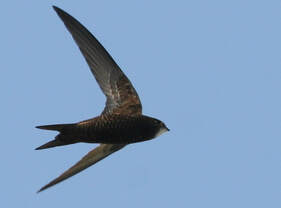 Photo: Abby Eaton Photo: Abby Eaton My warmest thanks to everyone who supported our campaign - volunteering to host a nest box (even if your house turned out not to be suitable), as surveyors or just by being encouraging and feeding in information. Swifts are now officially 'endangered', but we can all take some satisfaction from having 'done our bit' to help our own population to thrive. So, with the arrival of the swifts from April on ward to look forward to, now is the time to report on where we'll be starting from. Inspired by the talk via Zoom last January by Ed Mayer of Swift Conservation, people responded from across the community: from Teffont Evias to Semley, Hampshire Swifts installed a total of 32 nest boxes, with six also playing recordings of swift calls to attract interest. We are so grateful to Hampshire Swifts for their support from the outset right up to the present day when the last boxes are about to be installed. The report by Andrew Graham of the survey we then undertook is found here. This suggests there were at least six active nests and that the overall population is around 35-40 birds, of which around 23 may be looking for new homes this breeding season. As we said, we didn't expect new boxes to have residents straight away - the four boxes I put up on my own house in 2019 have still not got established occupants, but there was certainly interest last year so I hope you'll share my patient optimism! In the future, with the information now available on where in the village there is the most activity, our survey will most usefully focus on feedback from nest box hosts and previously recorded active nests. Finally, I am absolutely delighted to say that Laura Downer, who so very ably kept the whole complex campaign running smoothly, has now offered also to take over the practical side of things and Andrew will continue his wonderful work on the statistics. In a way it's not for me to thank them for their very hard work, but I do, most warmly. So please keep in touch with Laura, from now on, and of course let her know if you'd like to help. Again I wish you all the very best 2022 has to offer and thank you again on behalf of Tisbury Swifts. For those of you who missed it, Ian Dunn, Chief Executive of Plantlife gave a sobering talk in November on the climate and biodiversity crisis, the importance of plants, the work of Plantlife and how we all have a role to play in turning the tide. The World Economic Forum recognises that four of the top five global risks are nature and climate relevant. Some parts of the world have already experienced a 7°c increase in temperature since 1981. Tangible water stress is being felt around the world. Some of the vast underground water wells in Central Africa have dropped by 80-100 metres in the last twenty years. Over extraction is a further problem despite rain falling in higher concentrations in more extreme weather in other parts of the world. Leaders around the world are lagging behind their people in wanting to take action for the climate. Global warming if unchecked will lead to a catastrophic future for hundreds of millions of people unless radical change is achieved. Biodiversity is in crisis with 60% of global biodiversity lost since the 1970s. As the climate warms, species loss will accelerate. The UK is already one of the most nature depleted nations. 70% of the UK is agricultural land with massive post war industrialisation contributing to catastrophic loss in biodiversity. Biodiversity is critical to our future. Yet 80% of our major global crops come from just nine species. Plants, which make up 90% of biomass on the planet, are vital for maintaining oxygen levels on the planet: 50% comes from plants; 50% from the oceans. Much more than that, plants are vital for food, medicines, climate control, water management, flood mitigation, clothing, art and culture. The UK despite being in a temperate zone is already seeing shifts in plant habitats northwards. Changing weather patterns are disrupting the symbiotic relationship between plants and insects. Change is already more radical in countries in the developing south with impacts such as desertification underscoring our need to address social justice and inequality issues elsewhere. Plantlife operates at a global level as well as at national UK and local levels. It contributes to the global strategy for plant conservation and has helped to identify 2200 of the highest biodiverse plant areas across the globe. Alongside Planta Europe, it is working to ensure plants are recognised in every global strategic framework as an important part of addressing climate change and biodiversity. In the UK Plantlife looks after around 18,000 hectares spanning 23 nature reserves, the largest in Scotland. It advocates for change at a policy level working in partnership with other conservation organisations. It offers extensive best practice advice from wildflower meadows, lawns and road verges to grasslands. At a local level, its No Mow May campaign promotes measures to increase pollinators and plant species. Visit Plantlife’s website to benefit from its online resources and talks. Read their Strategy to 2030 For a World Rich in Plants and Fungi. Join their mailing list and lobby on their campaigns for road verges, grasslands and plantlife. Support Plantlife by joining as a member or making a donation to support their invaluable conservation work which is vital for our future. For those of you who missed Ian's talk, he has kindly given us permission to share it with you here. Laura Downer 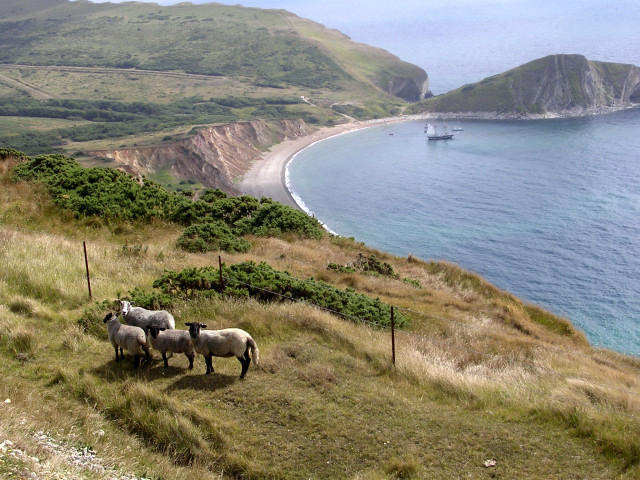 Photo: Jim Champion / Sheep at Flower's Barrow, Isle of Purbeck (commons.wikimedia.org) Photo: Jim Champion / Sheep at Flower's Barrow, Isle of Purbeck (commons.wikimedia.org) Bob Gibbons will be with us at the Victoria Hall, Tisbury at 7:30 to give a talk on "Why is the Isle of Purbeck so special?". If you haven't already signed up to the talk and want to come, please let us know via the Contact form. We can also send out Zoom links for those who prefer to stay at home. Guests welcome for £2 per ticket. On a foggy day on 19th December, 25 willing volunteers with spades assembled in the Parish Meadow to plant 105 tree ‘whips’ (plants about 10” high) provided for free by the Woodland Trust to celebrate the Queen’s 70 years on the throne under the title ’The Queen’s Green Canopy’.
These consist of Crab Apple, Downy Birch, Goat Willow, Hazel and Hawthorn all of which will provide food and habitat for birds and insects in years to come. We also added self seeded trees from our gardens including Oak, Hornbeam, one Walnut, Beech and an Elm. They have been planted to extend the existing copse at the bottom of the field below the skate park and Nadder Centre. This field has been given to the Parish Council on a long lease by the Fonthill Estate in compensation for the development of 90 houses on the other side of the Nadder Centre off Hindon Lane. The baby trees have been protected with plastic guards which will be removed when the trees are established and the guards will be re-used. We also took the opportunity to do some maintenance work on other young trees which had been planted nearby in recent years. Following the planting we all celebrated with mulled homemade plum wine and mince pies. Debbie Carter Winter can be a tough time for wildlife and while a number of mammal species will hibernate, many birds deal with poor weather by moving to lower ground or even to a different country. The storms and snowfall of December got many thrushes on the move, and in the weeks following there appeared to be many more blackbirds, redwings and fieldfares in the local fields and hedgerows. It is not just the cold temperatures that they are escaping; a blanket of snow will make food inaccessible forcing them to move to clearer land to feed. Redwings and fieldfares will already have travelled from Scandinavia and Russia to find a milder winter and will keep moving to keep clear of the worst conditions. Similarly, there are increased numbers of coots, mallards, and tufted ducks on Fonthill Lake, where they will spend the winter.
This is all normal but what makes things interesting is when there is real dearth of food for birds in their normal wintering areas. This might be because the food crop (for example acorns, beech mast or fruits and berries) has failed or a species has had a population boom after a good breeding season. This is when an irruption can occur, and huge numbers of birds move to parts of Europe where they are not normally seen. A recent example of this was during the winter of 2017/18 when unusually large numbers of hawfinches were seen throughout the UK. They made a rare sight in the beeches around Fonthill Lake and even popped up in Tisbury gardens. This year it seems to be the turn of the brambling to visit us in large numbers, presumably because of a failure of the beech mast crop on the continent. After reaching the east coast in late September, they had soon spread across the whole country and by the end of November seemed to outnumber the chaffinches in some local beech woods. (You can see this movement graphically on eurobirdportal.org). It has been a particularly poor year for acorns which will hit jays which favour this as their winter food, normally burying thousands in the autumn for later retrieval. They may travel several kilometres from their home range looking for acorns and will be more visible than usual as they do so. But if the acorn supply is exhausted, they too will be on the move. The classic irruptive species is the waxwing, a bird rarely seen in the UK apart from during one of their irruptions which only occur once every 10 years or so when flocks of a hundred or more may be seen. Who knows what this winter will bring? by Andrew Graham |
Photo: Avocets (Izzy Fry)
The headers display photos taken by our members. Do get in touch via the Contact Form if you'd like to submit a photo for selection.
Archives
May 2024
Categories
All
|
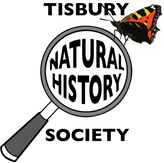
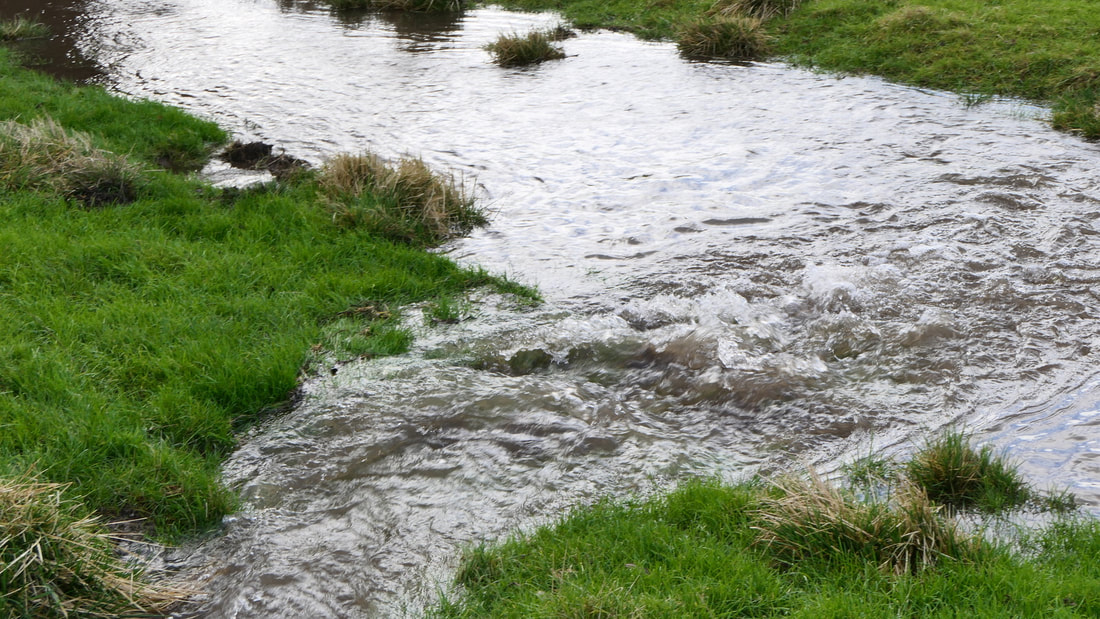
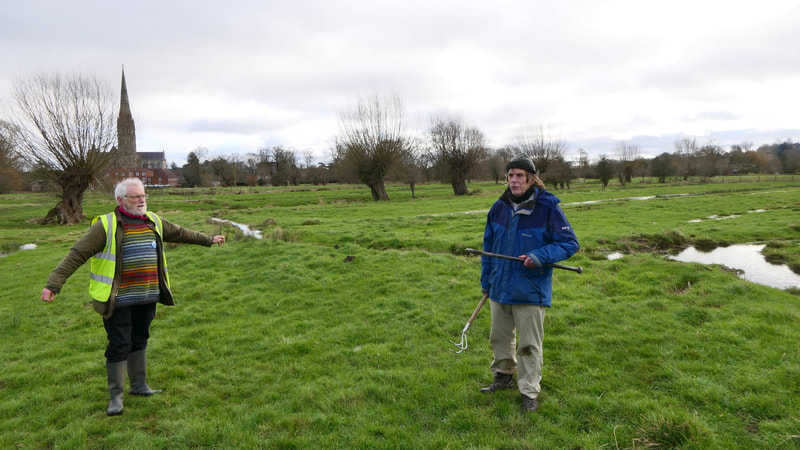
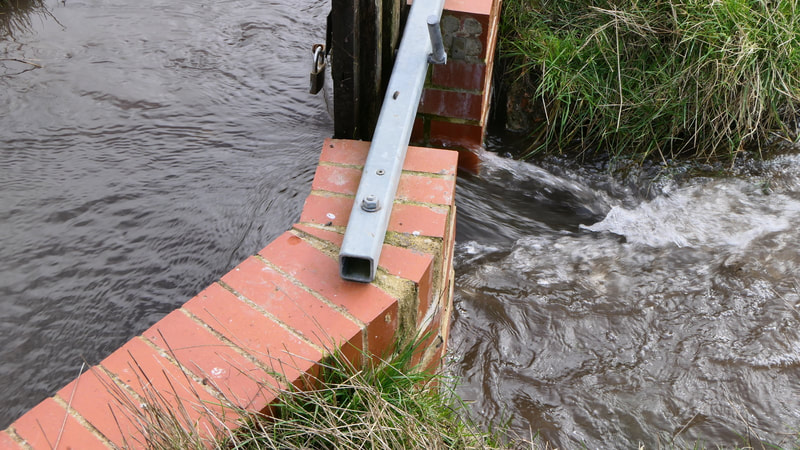
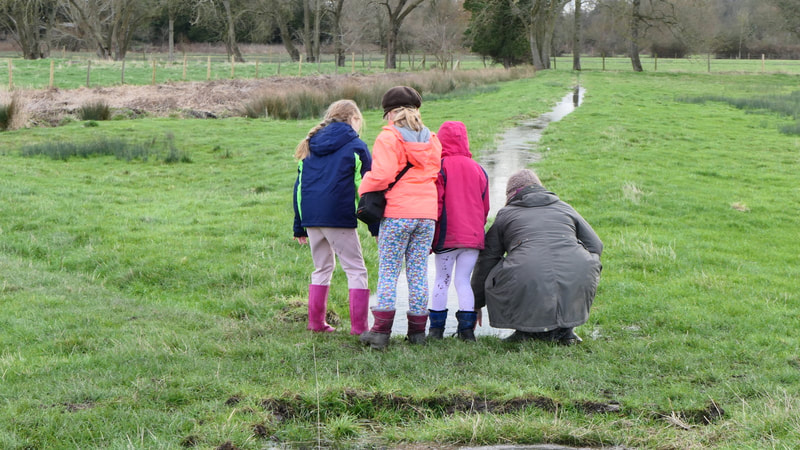
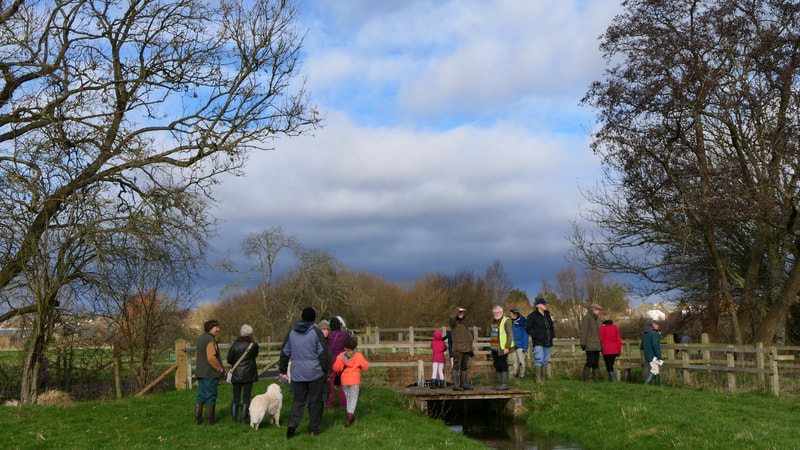
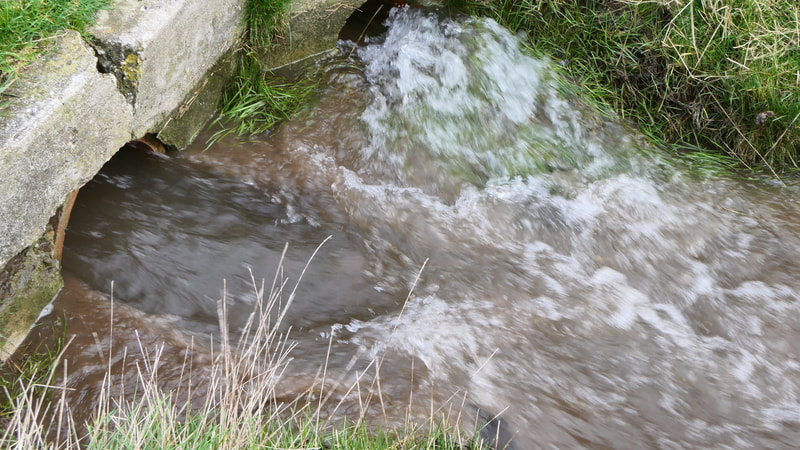
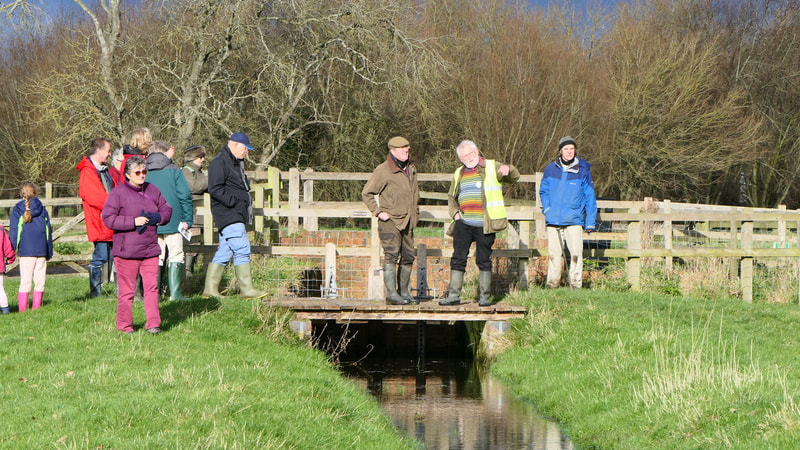
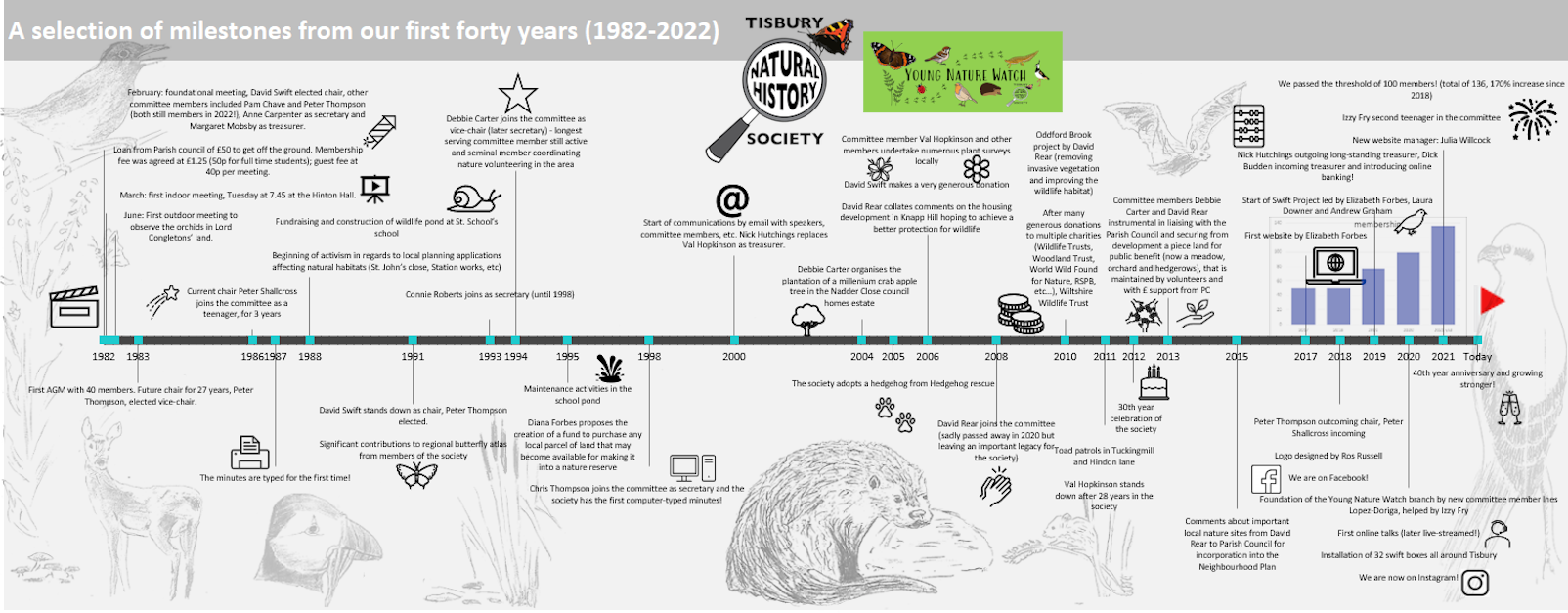
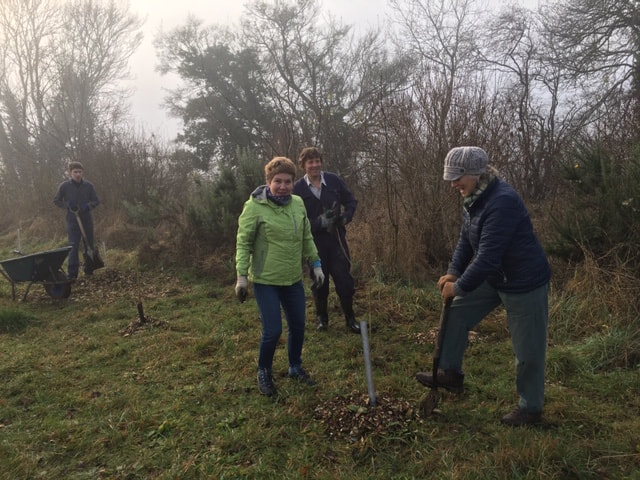
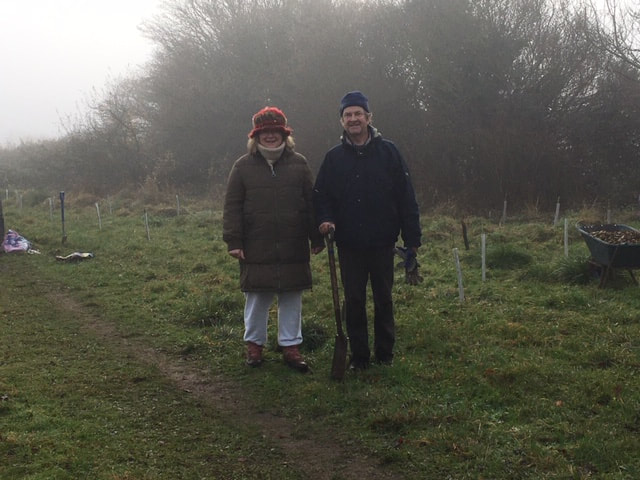
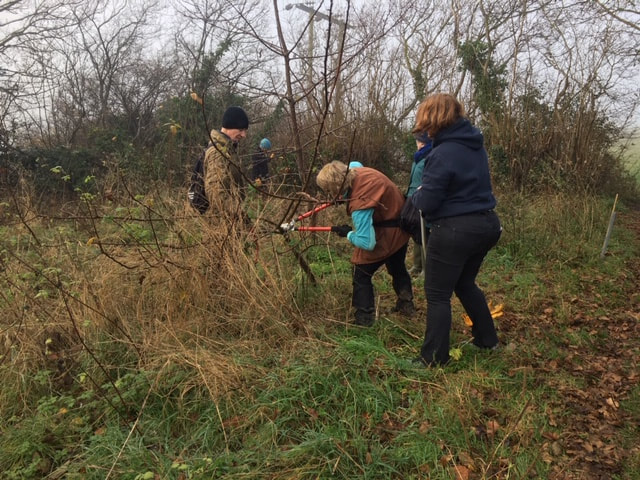
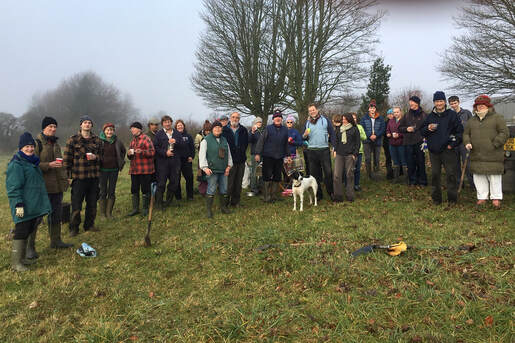
 RSS Feed
RSS Feed